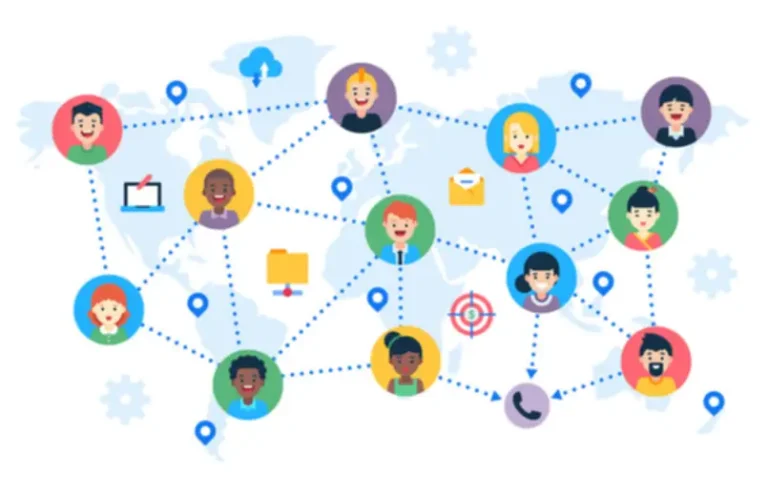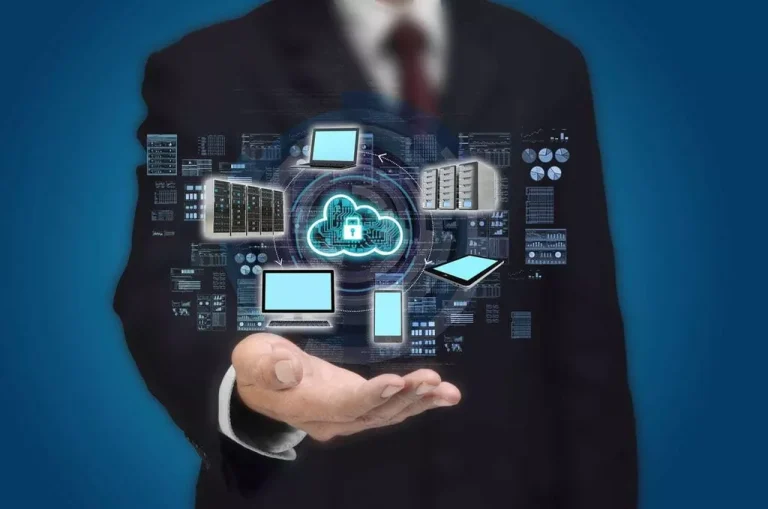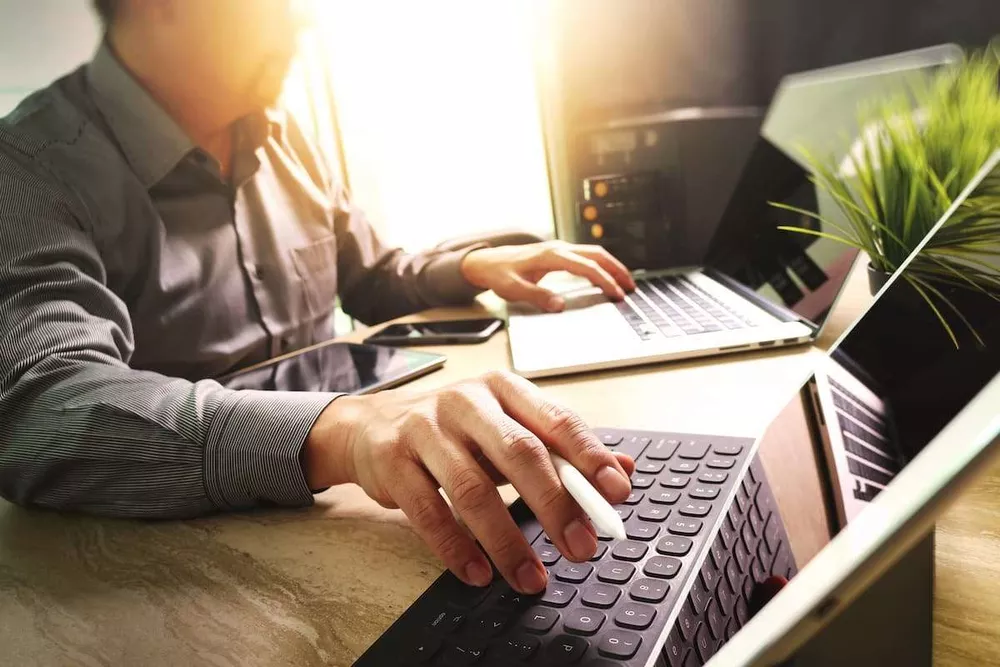What Is Capitalization?
There is a potential drawback to capitalizing expenses on a balance sheet – complexity. More capitalized assets means more work required by accounting staff to calculate and record depreciation expenses each period and each year, and that process can be complex. This complexity can make small businesses hesitate to properly capitalize their expenses. The establishment of capitalization thresholds is a strategic decision that helps streamline the accounting process and maintain consistency.
Tangible Assets
If a business capitalizes a major cost, it spreads the expense across several years, resulting in steadier profits. On the other hand, expensing the same cost upfront could make profits look smaller and distort the true financial picture. Misjudging this can lead to incorrect reporting, which may harm the company’s reputation or financial standing. Typically speaking, entities maintain a capitalization policy, and they capitalize large investments that are recognized as an asset on the balance sheet. These assets provide benefit to the business over a specific useful life, and therefore the entity can spread the recognition of the cost (expense) of the asset over that time period. There are many benefits to capitalization, but the most significant benefit is the expense reduction in a given period of time.
Upon dividing Capex by the useful life assumption, we arrive at $50k for the depreciation expense. OneMoneyWay is your passport to seamless global payments, secure transfers, and limitless opportunities for your businesses success. Take your business to the next level with seamless global payments, local IBAN accounts, FX services, and more. Decision-making is not just a by-the-numbers game when you consider capitalization insights. It’s a chessboard, and capitalization is a powerful move that can strategically position your business for checkmate. JKL Electronics had to write down millions in asset impairments due to a rapid technology shift, affecting their capitalization strategy.
This accounting practice is governed by the principle of matching, where expenses are aligned with the revenues they help to generate. By capitalizing a cost, a company spreads the expense over the duration during which the asset is in use, thus matching the cost with the revenue it helps to produce over time. This ensures that financial statements reflect a more accurate picture of the company’s financial health and performance. In accounting, typically a purchase is recorded in the time accounting period in which it was bought. However, some expenses, such as office equipment, may be usable for several accounting periods beyond the one in which the purchase was made. These fixed assets are recorded on the general ledger as the historical cost of the asset.
Items with immediate or short-term benefits, such as minor repairs or one-time expenses, shouldn’t be capitalized. Treating these as long-term assets can misrepresent the company’s actual financial situation. For instance, a company might capitalize costs that should be expensed to make its financial statements appear stronger, potentially leading to regulatory scrutiny or loss of investor trust. Capitalizing costs can have a significant impact on a company’s financial statements, presenting a more stable and attractive picture of its financial health. These are usually tied to acquiring or improving assets that will help the business generate revenue over time.
When to Leverage Capitalization for Competitive Advantage
The tax code often provides specific guidelines on what can be capitalized and how long the capitalized assets can be depreciated. These guidelines can vary by jurisdiction and type of asset, and they may change due to new tax laws or policy updates. Businesses must stay informed about these regulations to ensure compliance and optimize their tax positions. For example, certain capital investments may qualify for accelerated depreciation methods or one-time deductions under specific tax incentives, which can lead to substantial tax savings. The accounting practice of capitalization matches expenses to their related revenues, which for many companies provides a more accurate representation of a business’s true financial status. The right capitalization methods must be used to preserve the integrity of financial statements.
Limitations of Capitalizing
Recognizing expenses in the period incurred allows businesses to identify amounts spent to generate revenue. The journal entry for capitalizing expenses involves debiting the fixed asset account and crediting the cash or accounts payable account. The amount debited should be equal to the cost of the asset, including all related expenses. The credit should be equal to the total amount paid for the asset, including any financing costs.
Such costs usually include the purchase price, installation fees, and any other spending necessary to bring the asset into operation. Remember, only expenses that extend the asset’s useful life or increase its value are typically capitalized. Capitalization thresholds serve as the financial benchmark that dictates whether a cost is recorded as an asset or as an immediate expense.
- If the total number of shares outstanding is 1 billion, and the stock is currently priced at $10, the market capitalization is $10 billion.
- Boost your confidence and master accounting skills effortlessly with CFI’s expert-led courses!
- Meanwhile, a retailer might use straight-line depreciation for shelving, keeping profits steady.
- Capitalizing means adding the cost of the asset to the company’s balance sheet as a capitalized cost, while expensing means deducting the cost from the company’s income statement as an expenditure.
Now, if that company uses accrual-based accounting, the first year will not be a huge cash outflow, but instead, the company will receive an asset that depreciates over the life of the equipment. It essentially spreads the expense out over the life of the equipment, matching the expenses with the revenues generated. A capitalized cost is a cost that is incurred from the purchase of a fixed asset that is expected to directly produce an economic benefit beyond one year or a company’s normal operating cycle. A company’s financial statements can be misleading if a cost is expensed as opposed to being capitalized, which is why management must disclose any changes to uphold transparency. Some costs or expenses that last for future years are not always capitalized like repairs and improvements.
Everything You Need To Master Financial Modeling
The second approach is more conservative and may result in a more reasonable presentation of expenses on the income statement. Ultimately, the decision of how to treat an expense should consider the company’s overall financial strategy. When a company can’t generate enough earnings to cover what it costs to finance its operations, it’s undercapitalized.
Essentials of Capitalization Thresholds
Be sure to weigh the pros and cons of capitalization before making any decisions. The main purpose of a balance sheet is to give stakeholders a clue of the company’s financial health. The balance sheet can also be used to assess whether a company has the resources to pay its debts when they come due. It is calculated by multiplying the price of the company’s stock by the number of equity shares outstanding in the market. If the total number of shares outstanding is 1 billion, and the stock is currently priced at $10, the market capitalization is $10 billion.
How does capitalization affect financial statements?
- Whether an item is capitalized or expensed comes down to its useful life, i.e. the estimated amount of time that benefits are anticipated to be received.
- Expensing, on the other hand, is like paying for a regular business cost you can’t use for long, like your monthly electricity bill; you write off the whole cost in the year you pay it.
- These assets provide benefit to the business over a specific useful life, and therefore the entity can spread the recognition of the cost (expense) of the asset over that time period.
If an asset’s market value plummets below its book value, and it’s not a temporary dip, impairment occurs. This requires a write-down to reflect the reduced value, throwing a curveball into the smooth ride of depreciation. On the flip side, the balance sheet grows in assets, which over time will decrease at a controlled rate as depreciation takes effect. This gives the sheet a sturdier look and may influence lending terms or investor interest. Capitalization can also capitalized meaning in accounting refer to a company’s capital structure and how it finances its operations through equity, debt, and hybrid securities. Accounting standards generally require research costs to be expensed and not capitalized.
When it comes to capitalizing rather than expensing a purchase, there are some special cases that require attention. Fixed assets are those that cannot be easily converted into cash, such as land and buildings. Current assets, on the other hand, are those that can be easily converted into cash, such as accounts receivable and inventory. Items that are expensed, such as inventory and employee wages, are most often related to the company’s day-to-day operations (and thus, used quickly).
By choosing to capitalize, they stretch the cost over the vehicles’ service years, aiding in consistent reporting and preserving capital for other investments. If a company constructs fixed assets, the interest cost of any borrowed funds used to pay for the construction can also be capitalized and recorded as part of the underlying fixed assets. This step is usually only taken for substantial construction projects, since the underlying calculation can be moderately complicated.
Businesses must strike a balance between showing their financial strength and maintaining accurate, honest records. Consistent capitalization policies demonstrate thoughtful financial planning, which builds credibility with investors, lenders, and regulatory bodies. Understanding how capitalization shapes these statements not only aids in compliance but lends strategic insight into how to present the financial health and operational efficacy of your business. She holds a Masters Degree in Professional Accounting from the University of New South Wales. Her areas of expertise include accounting system and enterprise resource planning implementations, as well as accounting business process improvement and workflow design. Jami has collaborated with clients large and small in the technology, financial, and post-secondary fields.
Suppose a company purchased a building for $2 million, and the expected useful life is 40 years. One of GAAP’s primary goals is to match revenue with expenses, so recording the entire Capex at once would skew financial results and result in inconsistencies. The purpose of capitalizing a cost is to match the timing of the benefits with the costs (i.e. the matching principle). If the anticipated useful life exceeds one year, the item should be capitalized – otherwise, it should be recorded as an expense. Capitalizing is recording a cost under the belief that benefits can be derived over the long term, whereas expensing a cost implies the benefits are short-lived.





